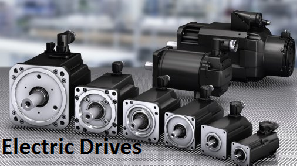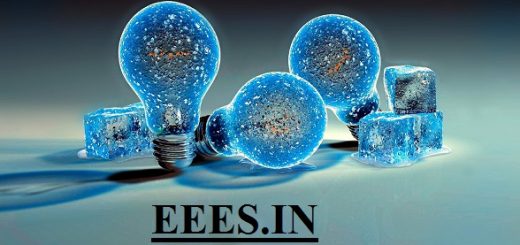Electric Traction – Requirements & Advantages
The process of moving any vehicle either in streets or in railway systems is called Traction. The system of traction involving the use of electricity is called electric traction. Electric traction is meant locomotion in which the driving force is obtained from electric motors.
Different types of traction
(1). Non electric traction system:- In this system of traction,do not use electricity.
- Steam engine drive—used in railway.
- Internal combustion engine drive—use for road transport.
(2). Electric traction system—In this system of traction,use electricity. There are mainly to types.
a) Self contained vehicles or locomotive:
- Battery electric drive
- Diesel electric drive
- Steam electric drive
- internal combustion electric drive
- petrol electric drive
- electric traction
b) Receive electric power from a distribution network
- Railway electric locomotive–ac
- Tram ways–dc
- Trolley buses—dc
Advantages of Electric Traction
- The electric train system is very clean and neat.
- The system does not require water and coal.
- Electric motors occupy very less area compared to other traction system.
- The maintenance cost and time required is less.
- Coefficient of adhesion is better.
- Cheapest method of traction.
- Less vibration.
- less maintenance cost.
- Rapid acceleration and braking.
- High starting torque.
- It has great passenger carrying capacity at higher speed.
- Free from smoke and few gases, so used for underground and tubular railways.
- Electric Braking is superior to mechanical braking.
- Uniform torque of electric motors reduces the jerking action to the passengers.
Requirement of Traction Motors
- High starting torque
- Easy speed control
- Regenerate braking facility
- Speed should fall with increased load
- Capacity to withstand voltage variations
- Capacity to parallel operation
- Over load capacity
- Temporary interruption of supply
- High efficiency




Recent Comments